japanese pagoda tree edible
Southern Californias full sun can become a bit. 50 - 70 Site characteristics.

20090923 24 Green Fruits On A Pagoda Tree Styphnolobium J Flickr
5 Has lifecycle type.
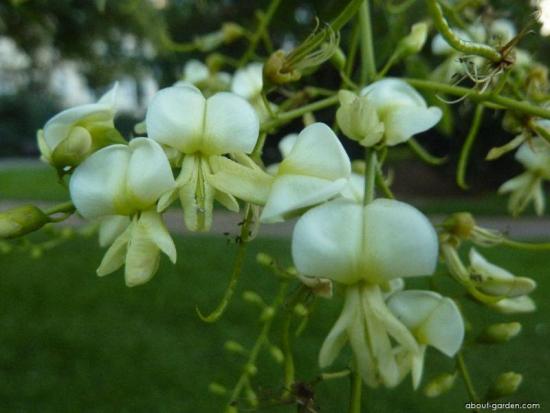
. Edible uses Flowers Cooked as a Tea Eat Leaves Cooked as an Eat Tea Seed Starch Material uses Seeds Flowers Dye Stem Wood Medicinal uses Warning This species is commonly used in Chinese medicine and is considered to be one of the 50 fundamental herbs 3. It grows in a tropical climate. An edible starch is obtained from the seed 183.
Ad Browse discover thousands of brands. The wood of pagoda tree is weak. However the pods and seeds are toxic and should not be consumed.
Rutin Tea Young leaves and flowers - cooked 177 183. Native to China Korea and Japan this evergreen tree is a moderate to fast grower and great for use as a privacy screen lawn tree or as a windbreak. Ad Delivering Quality Plants Trees to Your Doorstep for 15 Years.
Dried flowers contain anti-hemorrhage and anti-hemostatic attributes. Read customer reviews find best sellers. It has a rounded crown and grows to a height of 50 to 75 feet and is equally as wide.
While some parts of the pagoda tree are edible the peas are toxic and should not be consumed. - but we still need at least 1000. The edible effects of Japanese Pagoda Tree Japanese Pagoda Trees Styphonlobium japonicum can cool blood and stop bleeding clear liver decrease internal heat anti-inflammatory anti-edema anti-ulcer lower blood pressure and other effects.
Are pagoda plants edible. Well Take Care Of That. Regular donations to enable us to keep going to maintain and further develop our free-to-use database of over 8000 edible and useful plants.
Plant in a location that gets shade in the afternoon and has a little bit of shelter. The Japanese pagoda tree is often called the Chinese scholar tree. Free easy returns on millions of items.
The leaves and flowers are edible. Easily trained as espalier a hedge or a small specimen tree for landscape or container. Tolerant of common city pollutants and conditions.
Free shipping on qualified orders. It is a medium to large deciduous tree that typically matures to 50-75 less frequently to 100 tall with a broad rounded crown. Newly planted saplings may not flower for as long as the first 10 years.
Japanese maple trees are happiest in partial sun locations 4 hours full sun per day. Japanese Pagodatree is a tree. Shop Plants Trees Now.
Tasty guava-like fruit ripens in late fall. This remedy should not be prescribed for pregnant women 14. Once established it is also tolerant of heat and some drought.
The leaves need to be cooked in three lots of water in order to remove the bitterness 179. The Japanese pagoda tree Sophora japonica or Styphnolobium japonicum is a showy little shade tree. A tendency common between trees bred for aesthetic enjoyment.
Styphnolobium japonicum is a deciduous Tree growing to 20 m 65ft by 20 m 65ft at a fast rate. The tree in question was a Japanese pagoda tree. In addition to landscaping the pagoda tree s flowers have medicinal qualities.
Noteworthy Characteristics Sophora japonica commonly called Japanese pagoda tree or Chinese scholar tree is native to China and Korea but not Japan. This will also remove most of the vitamins and minerals K. Native geographic location and habitat.
Struggling To Get That Tree From Your Local Nursery into Your Car. Despite its name the Japanese pagoda tree is native to China and was introduced to Japan where it is commonly found on the grounds of Buddhist temples. The Japanese Privet Ligustrum japonicum is a small to medium tree that can bring natural beauty to a wide range of Southwestern landscapes.
The Japanese pagoda tree is a showy medium to large deciduous flowering tree that is a member of the Fabaceae or pealegumebean family. Make sure your Japanese maple is planted in sandy acidic soil such as an azalea planting mix or a blend of 30 peat moss 40 sand and 30 native soil. It will require moderate watering and will thrive.
The ovaries before the flowers open contain up to 40 rutin 218. Styphnolobium japonicum commonly called Japanese pagoda tree or Chinese scholar tree is native to China and Korea but not Japan. While some parts of the pagoda tree are edible the peas are toxic and should not be consumed.
Styphnolobium japonicum commonly called Japanese pagoda tree or Chinese scholar tree is native to China and Korea but not Japan. Versatile and easy to grow with an upright branching form edible flowers and tropical fruit. Donations have increased following recent appeals - thank you.
The plant is important in traditional medicine and its leaves and flowers are edible. When you feed fertilize your maple with an organic acid mix fertilize r to maintain the soil acidity. Fleshy white flower petals have showy red accents contrasting nicely with the gray-green foliage.
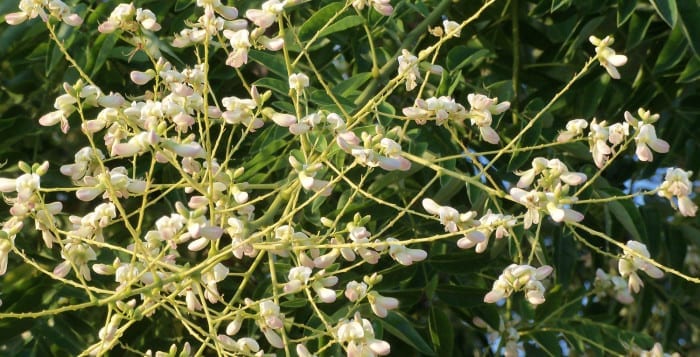
The Japanese Pagoda A Late Summer Flowering Tree Tbr News Media
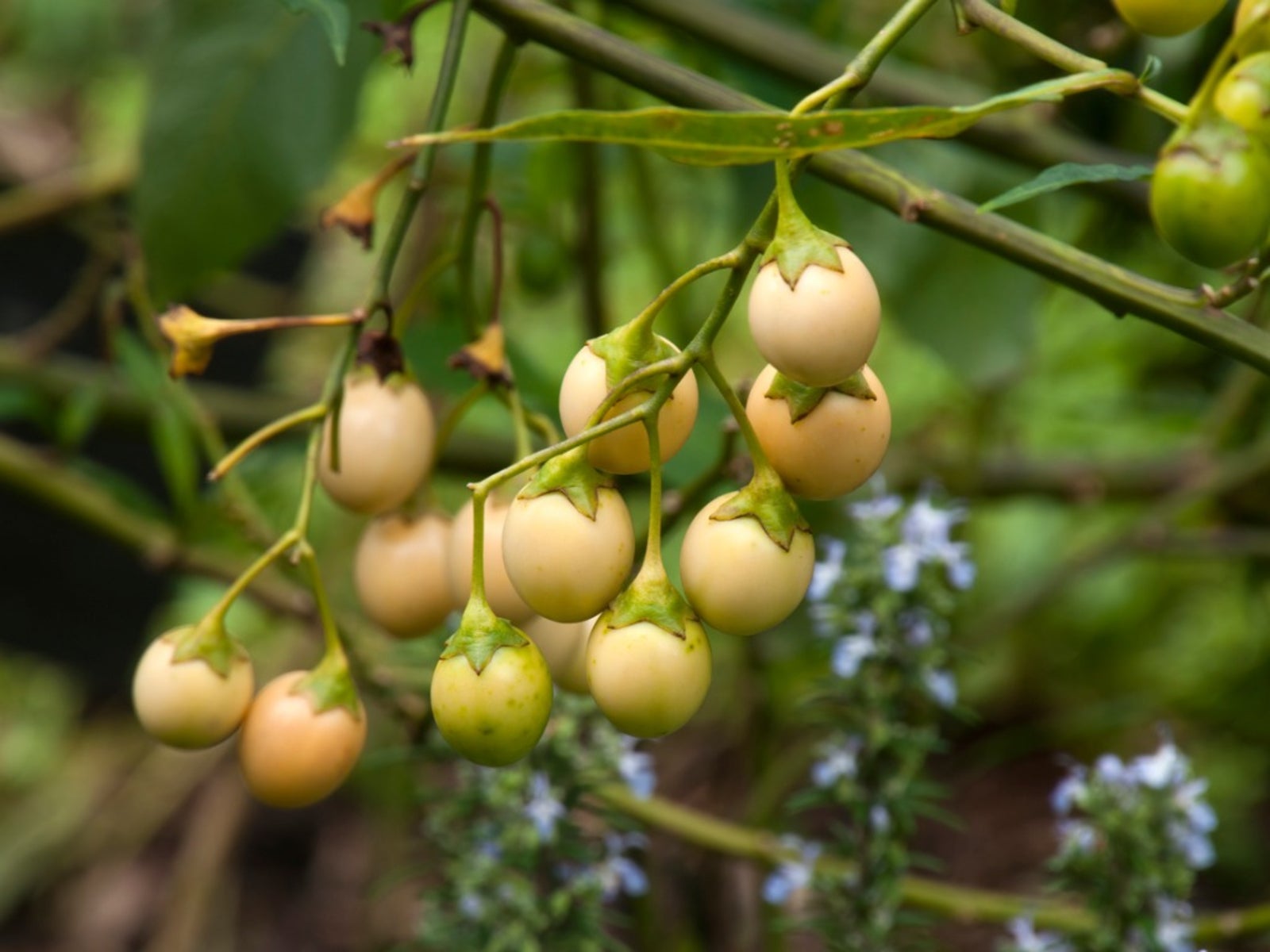
Propagating Kangaroo Apple Learn About Kangaroo Apple Plants
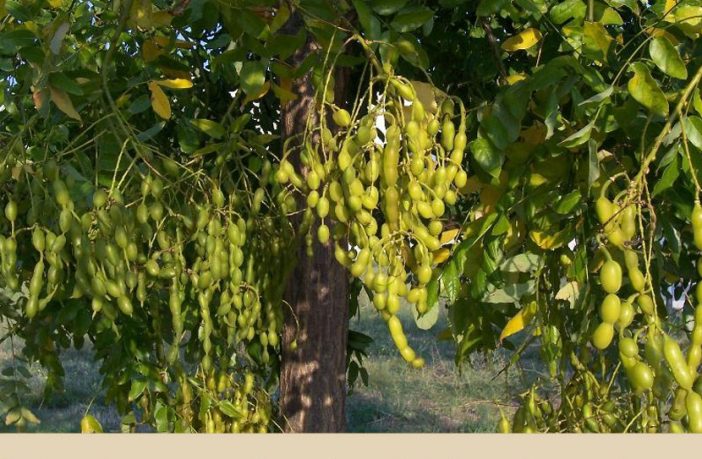
Pagoda Tree Facts And Health Benefits

Japanese Pagoda Tree Scholar Tree Yale Nature Walk
Japanese Pagoda Tree Sophora Japonica Also Styphnolobium Japonicum

The Japanese Pagoda A Late Summer Flowering Tree Tbr News Media
Japanese Pagoda Tree Becoming Popular In U S Cities What Grows There Hugh Conlon Horticulturalist Professor Lecturer And Gardener
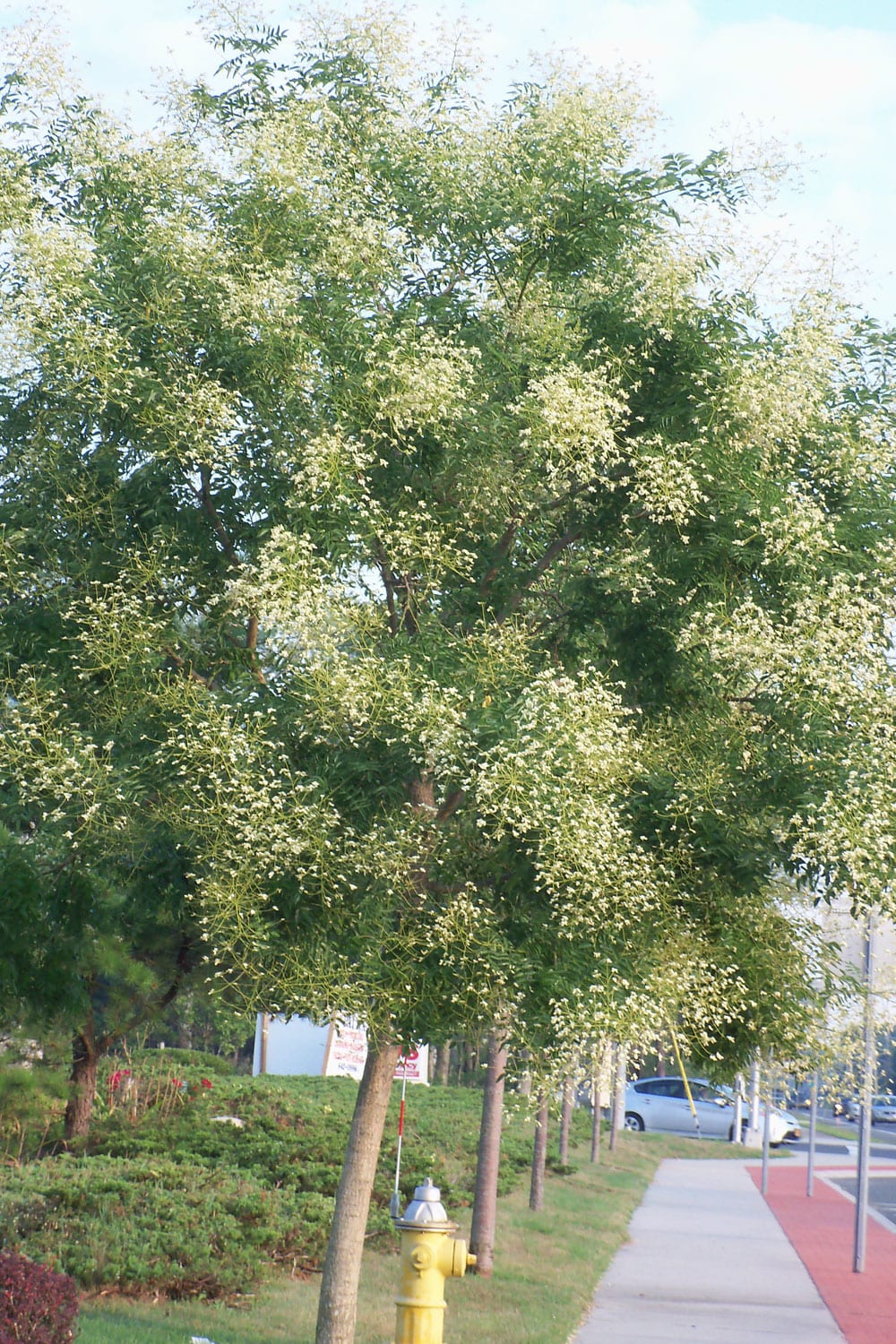
The Japanese Pagoda A Late Summer Flowering Tree Tbr News Media
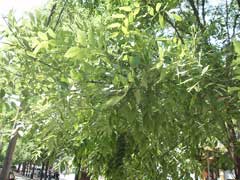
Sophora Japonica Japanese Pagoda Tree Scholar Tree Pfaf Plant Database
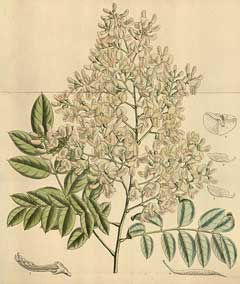
Sophora Japonica Japanese Pagoda Tree Scholar Tree Pfaf Plant Database

What Is Sophora Japonica Learn About Japanese Pagoda Tree Care
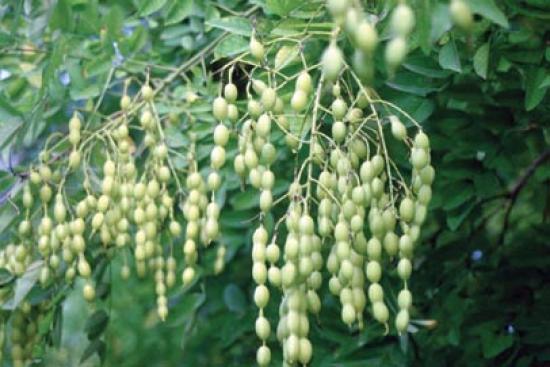
Japanese Pagoda Tree Scholar Tree Yale Nature Walk

Sophora Styphnolobium Japonica Japanese Pagodatree Scholar Tree Plant Database University Of Connecticut

Sophora Japonica Huai Hua Mi Proven Herbal Remedies

Styphnolobium Japonicum Tree Seeds Japanese Pagoda Tree Seeds For Sale Tree Seeds Shrub Seeds Flower Seeds Vine Seeds Herb Seeds Grass Seeds Vegetable Seeds
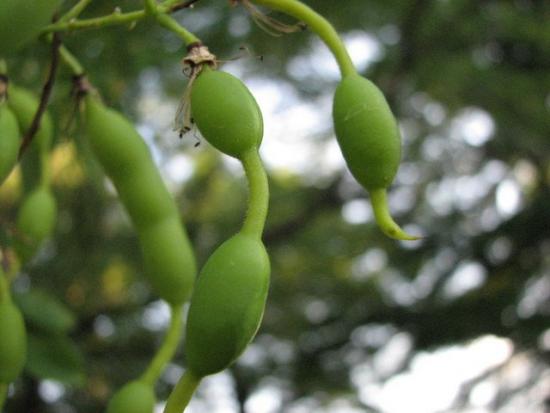
Japanese Pagoda Tree Scholar Tree Yale Nature Walk
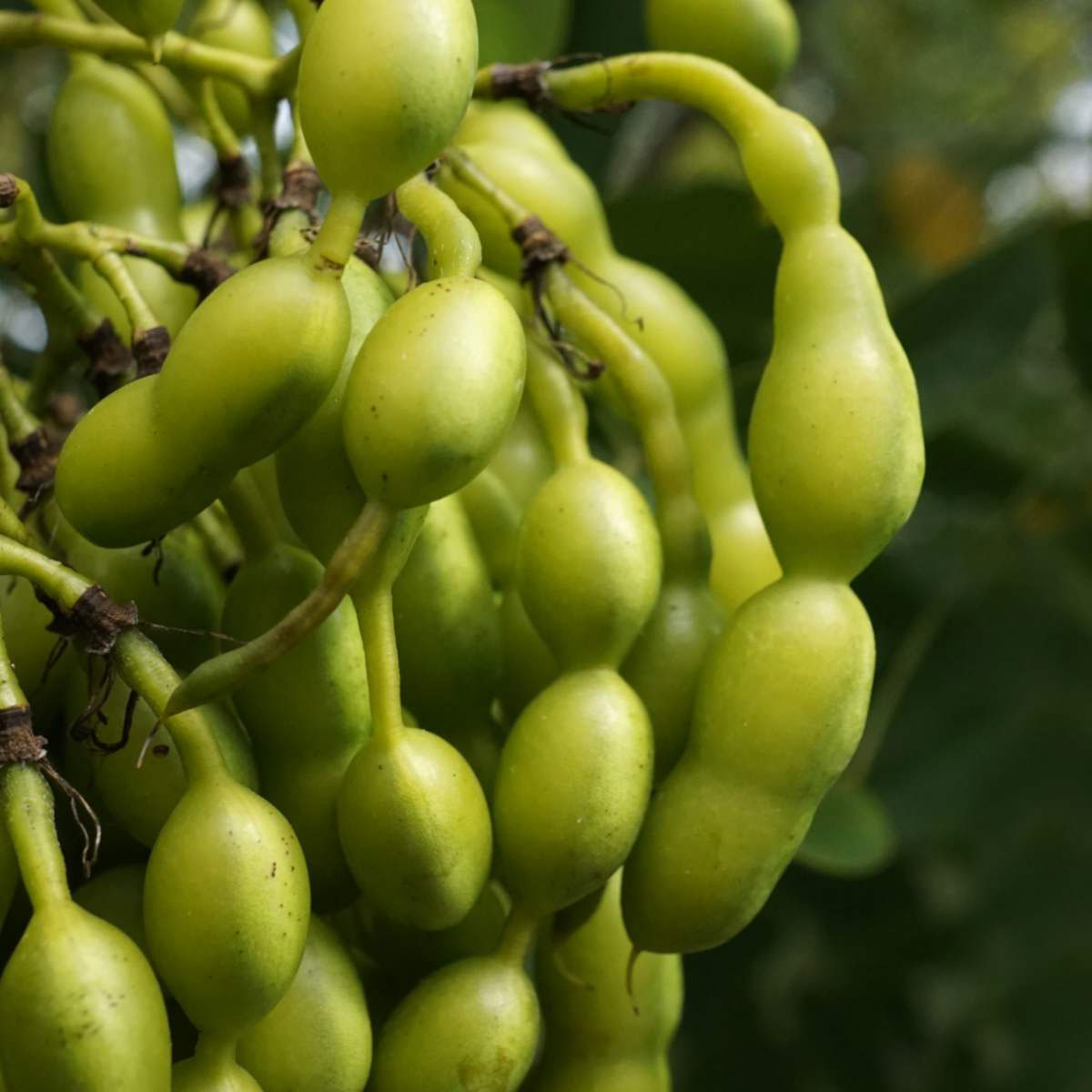
Pagoda Tree Facts And Health Benefits

Japanese Pagoda Tree Scholar Tree Yale Nature Walk
Japanese Pagoda Tree Becoming Popular In U S Cities What Grows There Hugh Conlon Horticulturalist Professor Lecturer And Gardener